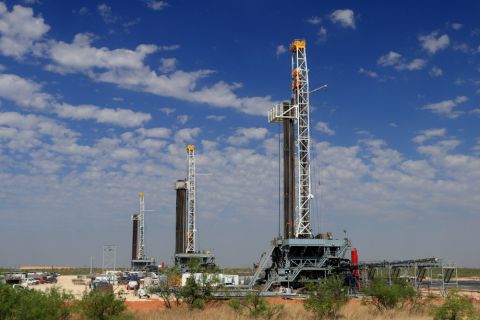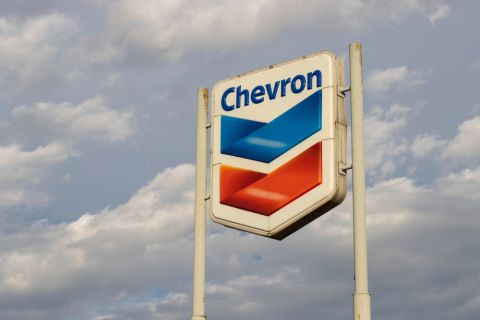John Kemp, Reuters
U.S. oil production is running into capacity constraints, which are starting to have a material impact on the global availability of crude, causing the market to tighten and putting upward pressure on prices.
The biggest problem is the lack of sufficient pipeline capacity to move oil from shale wells in western Texas and eastern New Mexico to refineries in the Midwest and export terminals on the Gulf Coast. But production in the Permian Basin has also been constrained by shortages of labor, equipment and materials, which have pushed drilling, pressure pumping and completion costs sharply higher.
The most obvious impact has been a sharp drop in the price that Permian producers receive for their oil compared with other benchmarks, especially Brent.
West Texas producers are currently receiving just $55 per barrel for oil delivered to Midland, in the heart of the Permian, compared with $79 for North Sea Brent. The massive discount reflects the twin difficulties of moving the crude out of the Permian to the main inland trading hub at Cushing in Oklahoma or down to the refineries and export terminals on the coast.
Midland crude is currently trading at discount of $14 per barrel compared with Cushing, while Cushing is itself priced at a further discount of $10 to Brent.
Midland has traded at an average discount to Brent of more than $12 per barrel this year, up from $4 in 2017 and less than $1 in 2016, and the price differential is steadily worsening. Midland prices have mostly been falling this year while Brent has climbed, leaving Midland up by just $10 per barrel (22%) since the end of June 2017 while Brent has risen by $32 (68%).
Easing Off The Accelerator
Softening Midland prices have already eased the region’s drilling frenzy, with the number of rigs drilling in the Permian flat over the last three months, after rising by more than 110 in the previous year.
Well completions, which are more relevant for production, also show signs of stabilizing in recent months, after increasing fairly consistently over the two previous years.
Since the Permian Basin has been the biggest contributor to U.S. oil output growth in the last two years, the slowdown is starting to temper expectations for further increases in the rest of 2018 and through 2019.
The U.S. Energy Information Administration now expects U.S. crude production in 2018 to average 10.66 million barrels per day (MMbbl/d), down from 10.79 MMbbl/d at the time of its July forecast. The agency has cut its prediction for 2019 even more sharply to 11.50 MMbbl/d, down from 11.86 MMbbl/d at the time of its May forecast.
Slower growth in U.S. production, when combined with strong demand, production problems in Venezuela and other countries, and the re-imposition of sanctions on Iran, is enough to tighten the global market in late 2019.
Recommended Reading
Chesapeake-Southwestern Deal Delayed Amid Feds Scrutiny of E&P M&A
2024-04-05 - The Federal Trade Commission asked Chesapeake and Southwestern for more information about their $7.4 billion merger — triggering an automatic 30-day waiting period as the agency intensifies scrutiny of E&P deals.
Chord, Enerplus’ $4B Deal Clears Antitrust Hurdle Amid FTC Scrutiny
2024-04-08 - Chord Energy and Enerplus Corp.’s $4 billion deal is moving forward as deals by Chesapeake, Exxon Mobil and Chevron experience delays from the Federal Trade Commission’s requests for more information.
Occidental to Divest Some Permian Assets after Closing CrownRock Deal
2024-02-21 - Occidental CEO Vicki Hollub said plans to divest non-core Permian assets would come after closing the pending acquisition of CrownRock — but reports have since emerged that the company is considering selling its share of Western Midstream Partners, valued at about $20 billion, according to Reuters.
Exxon Signals Potential Counter Offer for Hess’ Guyana Assets
2024-03-07 - Exxon Mobil has filed a contract arbitration claim related to Chevron’s proposed purchase of Hess Corp.’s interests in the Stabroek Block offshore Guyana.
Hess Pushes Shareholders to Vote in Favor of $53B Chevron Merger
2024-04-01 - Hess Corp.’s board is unanimously recommending its shareholders vote in favor of the proposed $53 billion all-stock merger with Chevron Corp., according to Chevron’s March 28 Securities and Exchange Commission filing.




